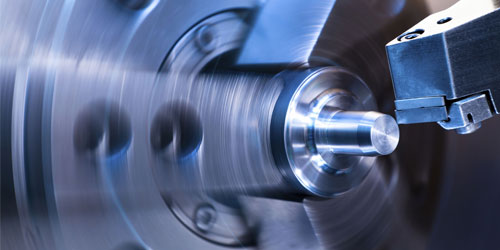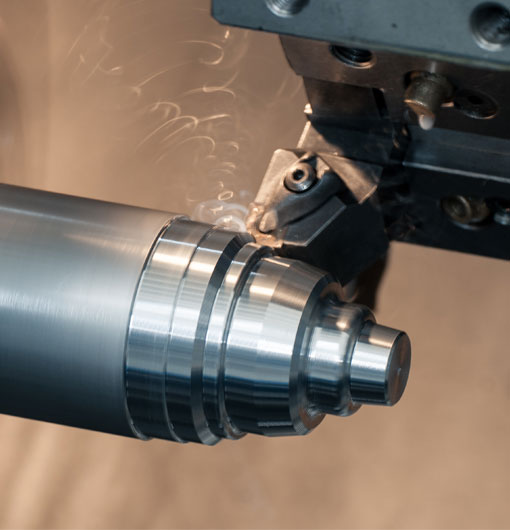Introduction
Over the last few years, computer numerical control (CNC) machines have gained popularity as they enable increased precision and efficiency in the manufacturing process. The CNC spindle is at the heart of these machines, providing rotation to facilitate the machining operation. Normally, the spindle spins in a clockwise direction, as this is ideal for cutting and shaping material. However, there are times when reversing the spindle direction becomes necessary. This blog post delves into the many practical reasons for this and the best practices to follow when operating in reverse spindle direction.
Reasons to Reverse Spindle Direction
1. Threading Operations: CNC machines are frequently used to cut threads on various materials. A reversed spindle direction is essential when creating left-hand threads on a machine that usually operates in a clockwise fashion.
2. Deburring Applications: In certain instances, burrs or material build-ups may occur at the edges of a cut. In such cases, running the spindle in reverse can help clear away the unwanted material, ensuring a clean finish.
3. Tool Changing: Some CNC machines require the spindle to run in the reverse direction when changing tools to enable proper tool retention.
4. Chip Breaking: When working with materials such as aluminium, brass, or plastic, chips can often become entangled around tools, affecting the quality of the cut. A brief change in spindle direction can break these chips, reducing the likelihood of a machining mishap.
5. Coolant Assistance: Running the spindle in reverse can assist with the distribution of coolant, thereby improving heat dissipation during the machining operation.
Safety Considerations
There are essential safety measures that must be observed when running a CNC spindle in the reverse direction to prevent accidents and equipment damage.
Always ensure the machine is turned off before making any adjustments to spindle direction.
Verify that the spindle is correctly programmed to rotate in reverse, following the CNC machine manufacturer's recommended procedure.
Confirm that the tooling is suitable for use in the reverse direction. Not all cutting tools are designed to function effectively or safely when operated in reverse.
Best Practices to Follow When Reversing CNC Spindle Direction
1. Validate Tooling: Double-check your cutting tools to make sure they are rated for use in the reverse direction. Using the wrong tool can lead to premature wear, broken tools, and potential damage to the machine itself.
2. Machine Programming: Carefully program the machine and simulate the operation before executing the reversed spindle direction command. This will help identify potential issues and determine whether the operation is safe to perform.
3. Monitor and Adjust: While the CNC machine is operating in the reverse direction, closely monitor the machining process. Any unusual noise, excessive vibration, or compromised cut quality may be signs to pause and make adjustments.
4. Record and Review: Keep accurate records of your CNC operations, including those that involve altering spindle direction. This will enable you to examine the effectiveness of your processes and make improvements in the future.
Benefits of Mastering Reverse Spindle Direction
Enhanced machining flexibility: Becoming proficient in reversing spindle direction allows you to tackle a broader range of machining operations.
Improved productivity: Properly implementing reverse spindle direction can reduce setup times and help optimize the machining process.
Increased tool life: Using appropriate cutting tools designed for reverse operation will extend their life and decrease the cost of tool replacements.
Better quality finished products: By leveraging the full capabilities of the CNC machine, including those that require the spindle to run in reverse, you'll produce higher-quality end results.
Embrace the Possibilities
Learning to efficiently and safely reverse CNC spindle direction is an essential skill for any machinist or CNC operator. By understanding the process, adhering to safety guidelines, and adopting best practices, you can increase versatility and improve outcomes in your machining operations. So, as you continue on your journey towards becoming a CNC expert, remember to invest time and effort into developing this vital skill. With practice and experience, you'll be well-equipped to handle any challenge the world of CNC machining throws your way.
cnc spinder turn in reverse direction













